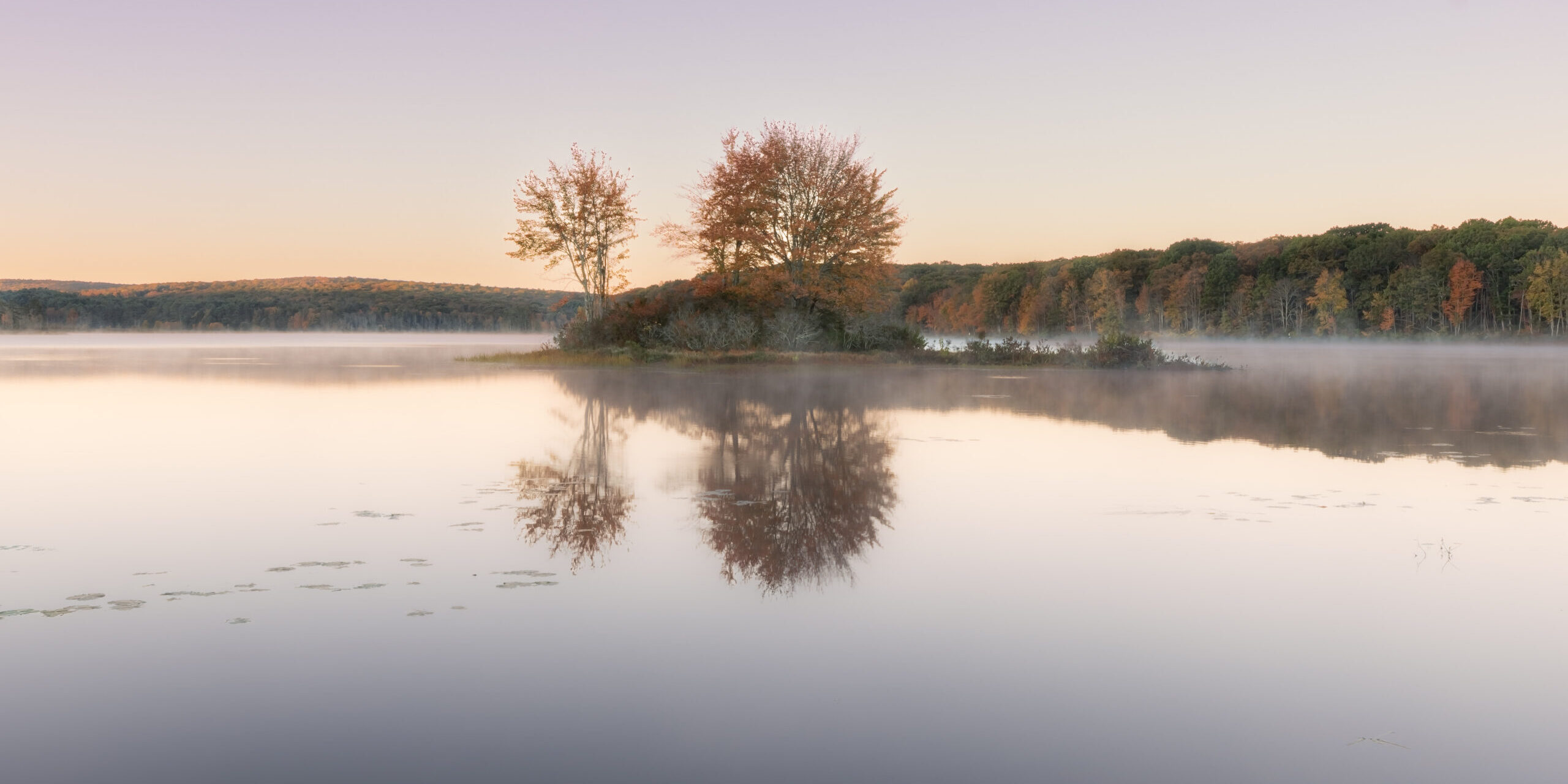I’m so glad I live in a world where there are Octobers.
-Lucy Maud Montgomery
One of my favorite things about living in a place with four seasons is autumn. I love everything autumn: sweater weather, bonfires, pumpkins, squash soups, cooling temps, and, of course, the foliage.
Autumn encourages nostalgia and slowing down. For me, it feels a bit melancholy; rich with symbolism, autumn is a potent reminder of cycles —the most obvious being the end of things and letting go.
Naturally, these emotions inspire my photography and writing this time of year, with a focus on simple moments, pauses, mystery, and acceptance.
As a photographer, I have always struggled with the technical side of the art, however, embelished enough in my imagination knowing I can learn skills as I go, but you can’t learn imagination; this we have to cultivate.
For me, this has meant long walks, journaling, writing, and reflection, which leads to an idea for an image. Some shoots are planned, some happen by chance, and some are born when one is not working out (like this image, with the tree reflected in the sunrise).
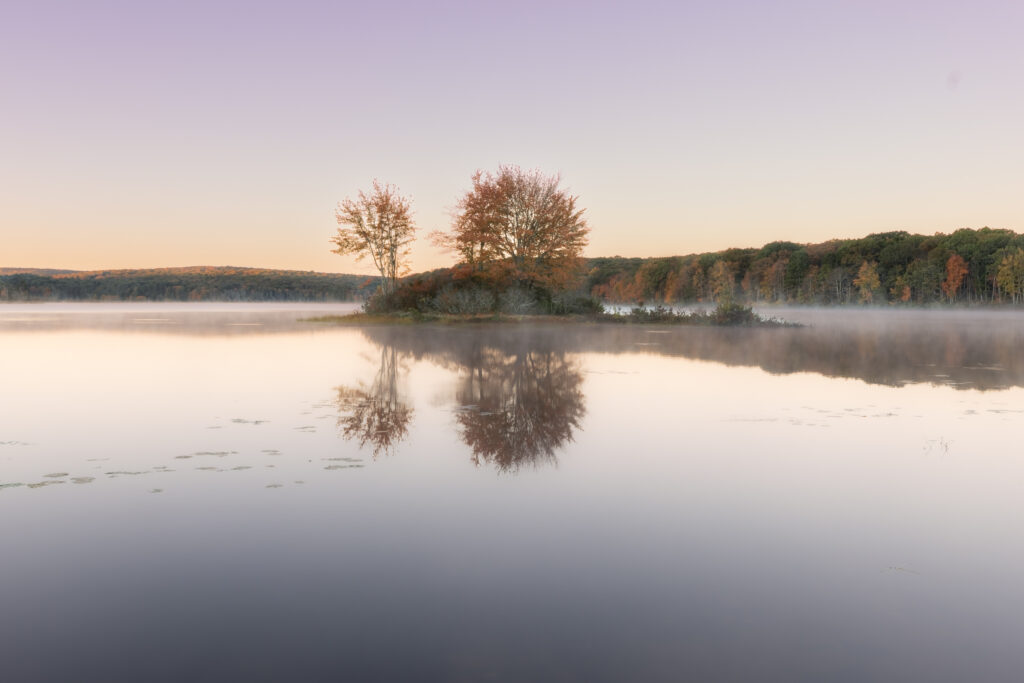
Overall, my current process is making photography more enjoyable and productive. Although your process may differ, I am sharing a few things I am practicing to compose my autumn image gallery. I hope this autumn leaves you feeling free and ready to start anew, much like the bare trees, a fresh canvas waiting for spring.
Top 5 tips for stunning autumn photography
- Compose your shot in your head before you head out. For the foliage drone shot, I had an idea of a top-down view of the changing trees. During a hike, I made my way to the trail closest to the cliffs, where I could get a good view of the trees below and the surrounding area. I scouted the area and made a plan. An exception to this is my photo Morning Reflections, which happened by chance when I arrived to photograph a waterfall at sunrise. The light was not reaching the waterfall; however, the colors above the nearby lake were just right. A fog had settled, creating the perfect look for a nostalgic autumn morning. Have a plan, but be open to another idea! The way I do this is by making sure to journal the ideas and inspiration I have for a photo in mind. Every week, I schedule time for this “planned shoot” based on weather, light, and my availability. This ensures I arrive at the location with a plan, thus allowing me more time for the shoot because I already have something in mind. This does not replace my walks with the camera days, where I venture out to find something to photograph. I find both methods, both planned and unplanned, beneficial to my creativity and growth as a photographer.
- Become a weather nerd, and I don’t mean just temperature and sun, but also learning dew points, what creates colorful sunrises, and the likelihood of fog or frost. I love golden hour, but I also love foggy mornings like those pictured in the photo “Unveiling.” Fog can occur when the dew point is close to the actual temperature. I purposefully waited for the days when this was likely and made my way to the local cliffs where the foliage was peaking out. Another app that can be handy when tracking things like sun or moon positioning relative to your location is PhotoPills. This app is a helpful tool for planning your composition and can help you track the paths of the Milky Way, the sun, and the moon, as well as those magic light hours we chase! It takes a bit of practice to use, but I have found the app very useful, especially with locations too far to scout out beforehand.
- Balance colorful foliage with neutral tones in negative space to make them pop! When it comes to photography, I love simple compositions; however, this is subjective. I use the negative space in my images to work for the image, not against it. Busy negative space can detract from the subject and disrupt the story. There is no right or wrong way to do this, aside from looking at your subject from a variety of angles. For the “Morning Reflections” image, I moved around quite a bit before settling on the angle from which I would photograph. Don’t be afraid of negative space; instead, think of ways you can make it work for your composition. If the space around your subject is busy, such as in a forest or a waterfall, play with angles to make it work for telling your story!
- Train your eye. The most essential piece of equipment a photographer owns is their eye. Sure, it is handy to have a sturdy tripod, the best lens, a nice camera body, and technical knowledge; however, your eye is the best investment you can make. If you ask a group of photographers how to do this, you may get different answers, so I will share how I do it. First, I slow down. Slowing down, whether on a walk or a hike, enables me to be present in the moment and with nature around me. It allows me time to notice details, like how the light filters through the trees or the shape of the landscape. I change the angle, time, and season I look at a place. For example, by a waterfall, I may get low, move around, or turn completely around to study how the water exits the forest. There is no right or wrong way to train your eye, but it does take the ability to be mindful in the moment, to take notice of the details, and to spend as much time as possible in your environment. I used to believe I needed to be somewhere different or dramatic to find interesting landscapes or subjects to photograph. We all sometimes fall into this trap when we start perusing social media and see incredible images of places like the Dolomites or Patagonia. There is nothing wrong with desiring to venture to places like this. However, if you train your eye, you will find beauty and interesting compositions right in your own backyard. Some of my favorite shots were taken only five minutes from my house! Plus, practicing this has encouraged me not only to grow as a photographer but also as a person. When you see beauty everywhere, your whole world changes, inner and outer!
- Use storytelling to shape your composition by letting emotion guide your idea. This is one of my favorite ways to create an autumn composition. What do I want to convey to the viewer? Nostalgia? Awe? Change? Cozyness? Sadness? Allow yourself to shine through your photography. Draw your audience into your story and evoke the human experience by incorporating emotions into your compositions.
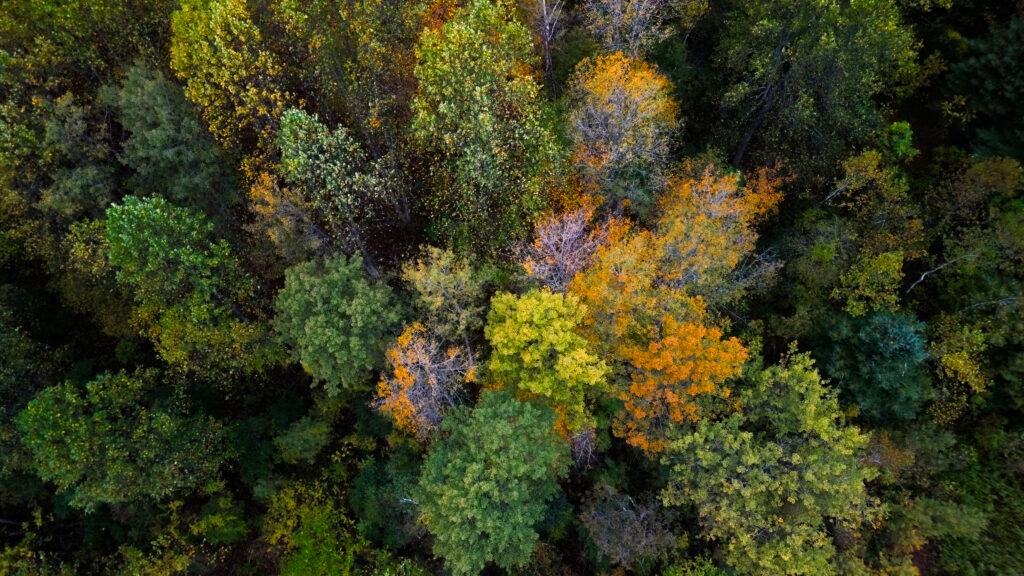

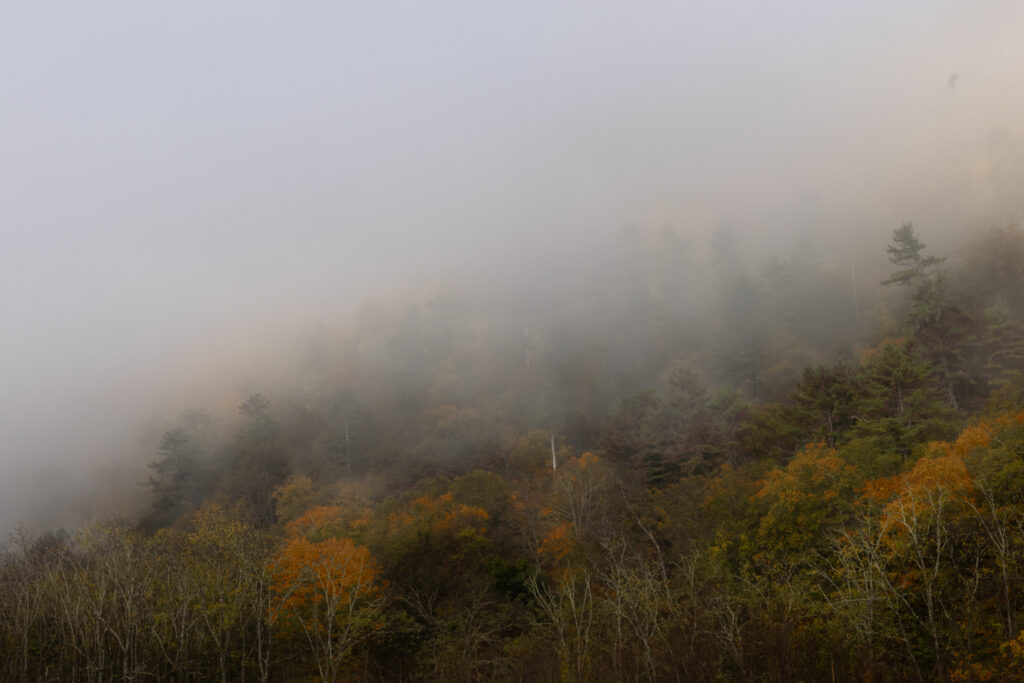
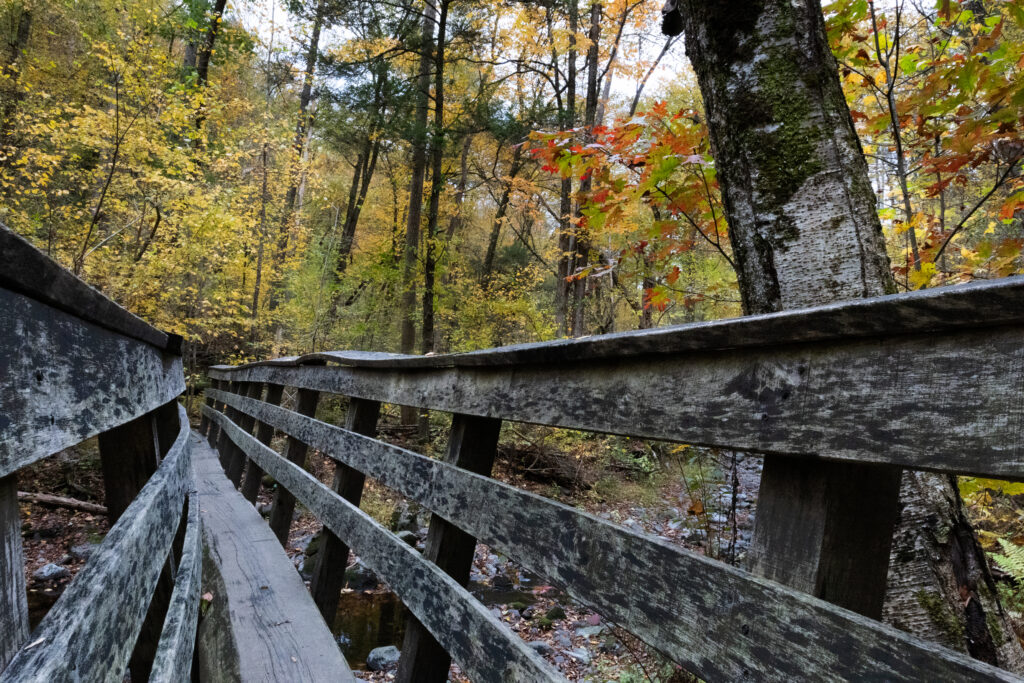
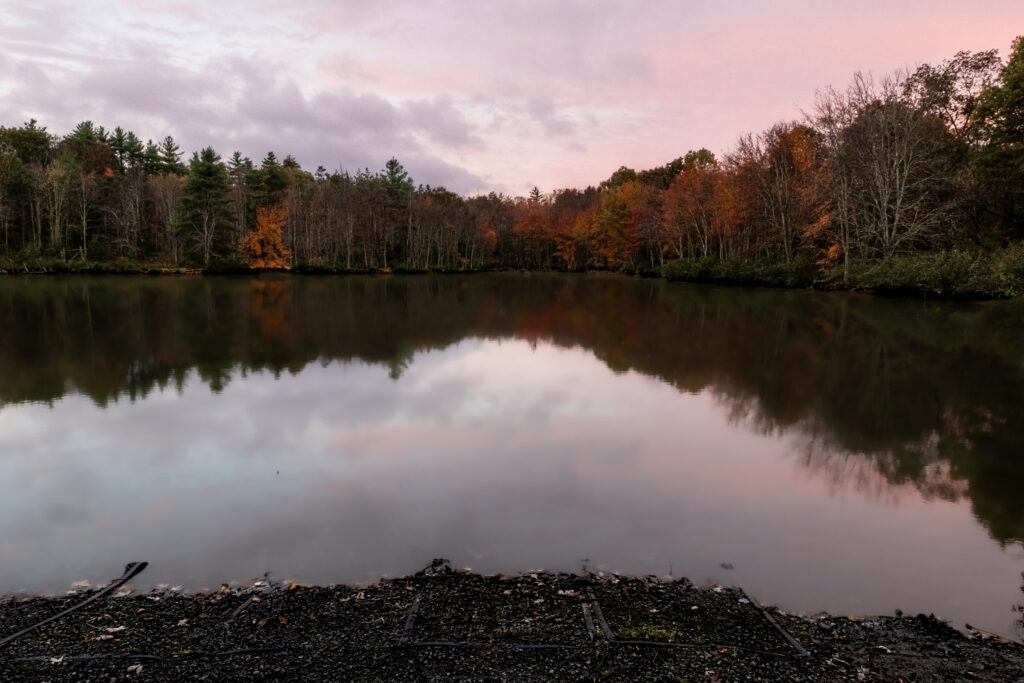
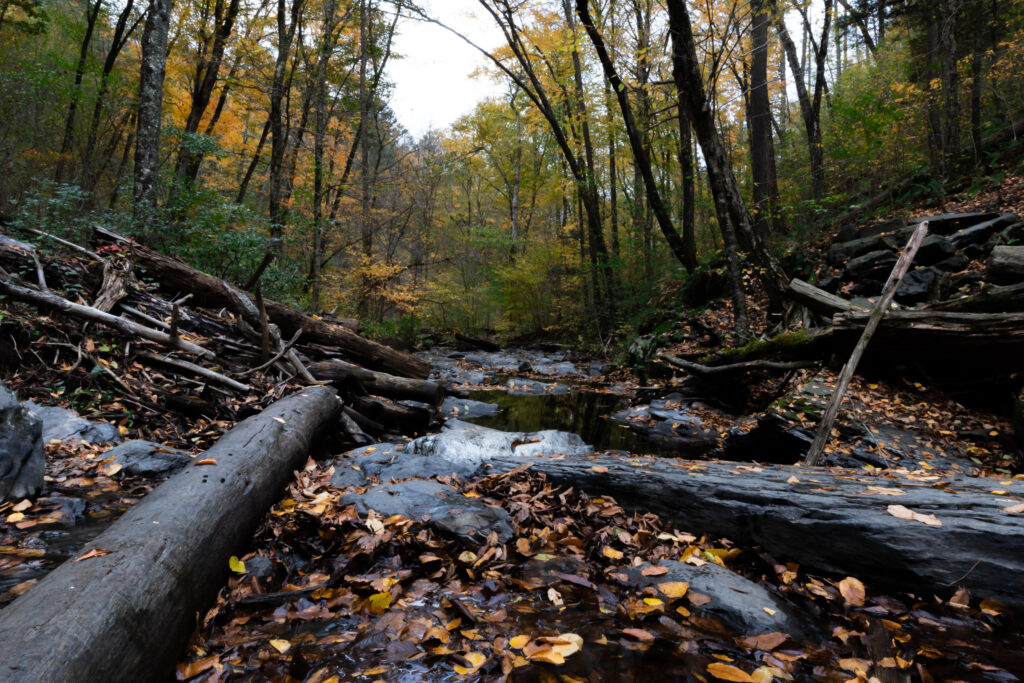
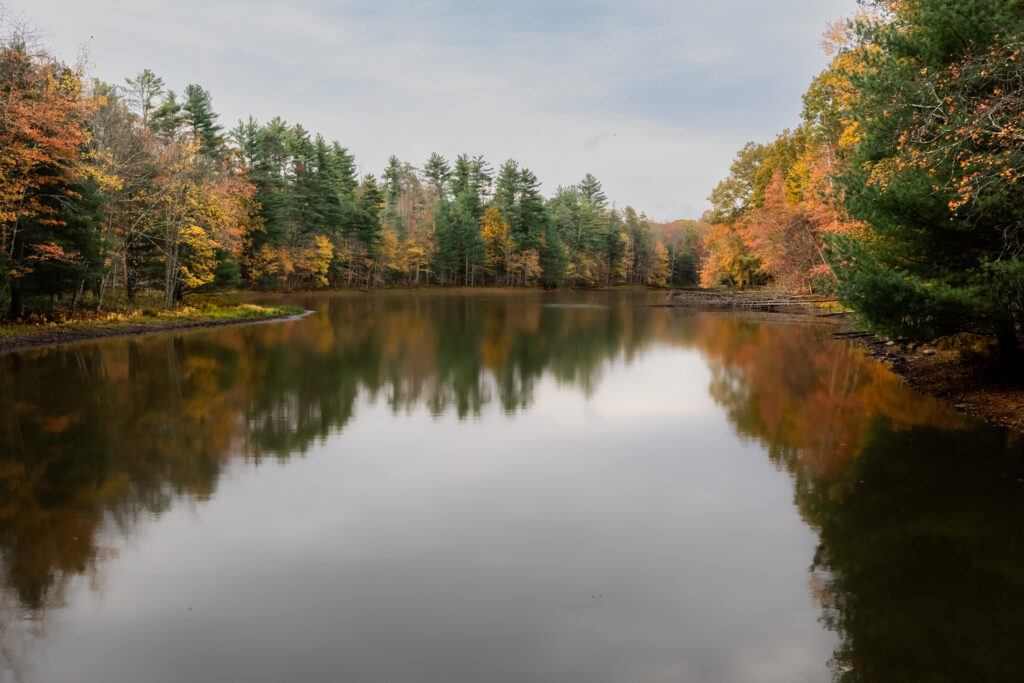
Do you have a favorite idea or “dream shot” for autumn photography? Let me know!

